Learn About Almost Destroyed Ruins of Dubolhati Rajbari
History
Dubolhati Rajbari (Bangla: দুবলহাটি রাজবাড়ি) also known as Dubalhati Royal Palace is a 200-year-old palace complex and a Protected Monument site, located in the Naogaon district of Bangladesh’s Rajshahi division. Its geographical coordinates are 24° 47′ 12.2″ North latitude and 88° 52′ 59.2″ East longitude. The main palace complex is located on the south side of Dubolhati Road, close to Dubolhati Bazaar.
The word ‘Rajbari’ (Bangla: রাজবাড়ি) is a Bengali word and its meaning is ‘The King’s House/Resident’. The palace complex has an area of 2.45 acres of land. Dubolhati estate was started by Raja Krishnanath Roy Chowdhury in 1793 AD near Naogaon. Krisnanath had no son, which is why, in 1853, he declared his daughter’s son Haranath Roy Chowdhury as a king. During his reign, Haranath expanded his estate and undertook numerous development projects. He expanded his estate to Rajshahi, Bogra, Dinajpur, Faridpur and Sylhet districts. Haranath Roy Chowdhury was the most popular king of the Dubolhati estate.

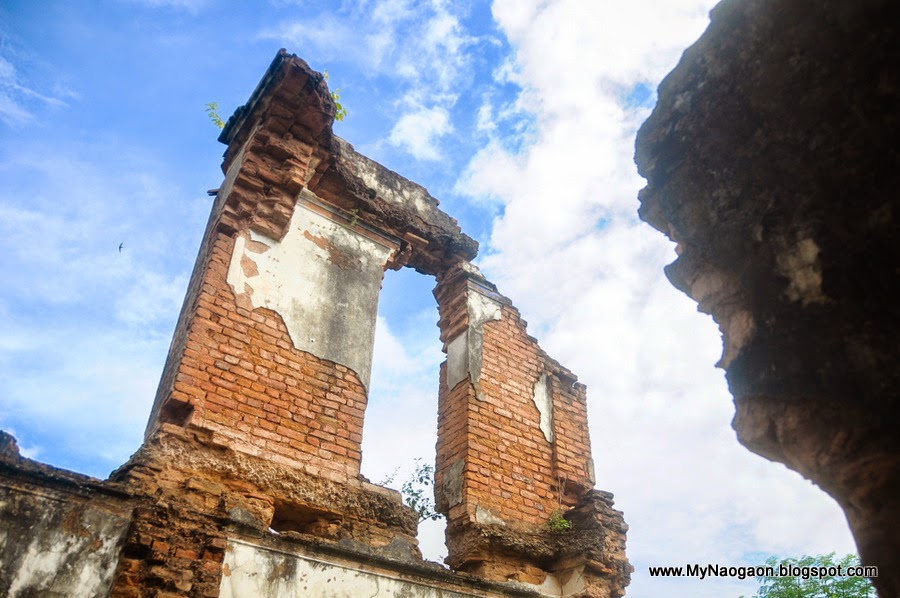
About King Haranath Roy Chowdhury
Among other kings, Haranath Roy Chowdhury gained popularity for his humanitarian works. He digs many ponds next to the royal palace to solve the fresh drinking water crisis for the people. He had no formal education although he was fond of education. During his rule, he spent a lot of money for the expansion and development of education. Furthermore, King Haranath Roy Chowdhury established a Lower Secondary English School at Dubolhati in 1864 AD adjacent to the royal palace. In this school, students were given free education. Presently, the school name is Dubalhati Raja Haranath High School. In 1873 AD, he donated a property with an annual income of 5 thousand taka to upgrade the then Rajshahi Zilla School to Rajshahi College. At that time, the market value of the donated property was around one lakh (100,000) taka.
During the 1874 AD famine, he delivered substantial humanitarian aid. In recognition of his humanitarian efforts, the British Government elevated Haranath Roy Chowdhury’s rank to the title of ‘Raja’ in 1875 AD and further to ‘Raja Bahadur’ in 1877 AD.
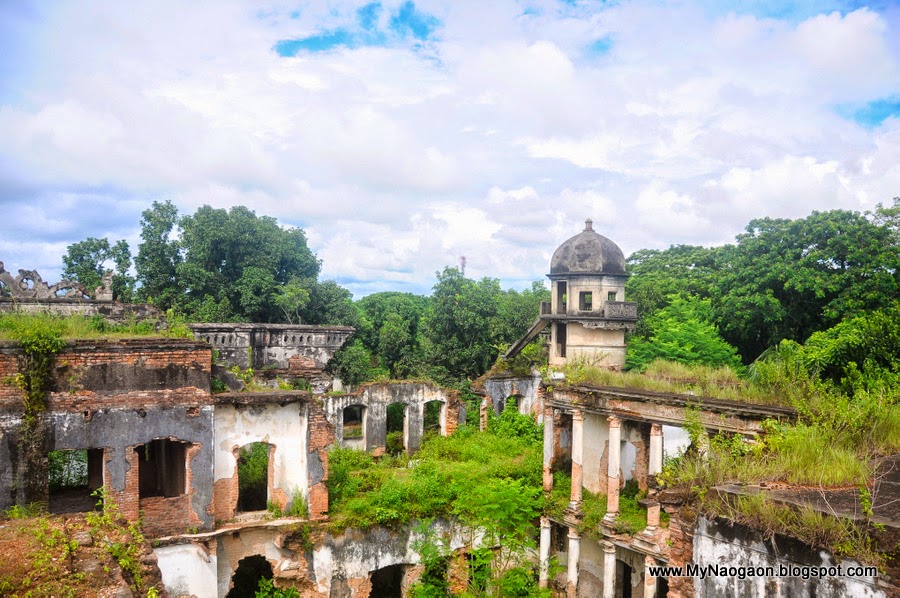
The Palace Today
The Dudolhati Rajbari is an abandoned place. But once, the palace boasted at least one hundred spacious bedrooms, artistic verandas, colorful glass decorations, and various sculptures throughout. These features were the main attractions of the palace. A few of these artistic elements still remain attached to the palace today.
Management of The Palace
The palace and the surrounding property was officially declared a Protected Monument in the Bangladesh Gazette on April 2, 1987. The Archaeology Department of Bangladesh Government is in incharge. But not any viable steps are taken by the department yet. Dubolhati Rajbari has its great historical and architectural value. It was possible to develop it as a tourism opportunity through proper management. Which may have brightened the image of Naogaon district. But, the government did not take proper steps to save the palace complex. The bad guys have nearly destroyed the palace, stripping away most of its doors and windows. If this continues, in a few years, nothing may remain but history only.

How to visit?
The Dubolhati Rajbari is accessible from two directions: one route is from Naogaon town, and the other is from Hapania Bazaar. The site is approximately 6 kilometers from Naogaon town and 8 kilometers from Hapania Bazaar. Local residents are well-acquainted with the palace’s location, and seeking their guidance will facilitate an easy discovery of the site. The palace is located near Dubolhati Bazaar, and furthermore, it falls under the administration of Dubolhati Union Parishad, adjacent to Dubolhati Road.
There is no entry fee for the site, as it is not yet managed by any authority. The best time to visit is during daylight hours or when sunlight is available.
Google Map of Dubolhati Rajbari
FAQ About Dubolhati Rajbari
What is Dubolhati Rajbari, and where is it located?
Dubolhati Rajbari, or Dubalhati Royal Palace, is a 200-year-old historical site. It is near Dubolhati Bazaar, Naogaon, Bangladesh, at coordinates 24° 47′ 12.2″ N and 88° 52′ 59.2″ E.
What is the historical significance of Dubolhati Rajbari?
The palace was built in 1793 by Raja Krishnanath Roy Chowdhury. His grandson Haranath expanded it and supported education and public welfare. It reflects Naogaon’s rich heritage.
Who was Dubolhati’s Raja Haranath Roy Chowdhury, and why is he important?
Raja Haranath was a famous ruler. He built ponds, supported free education, and helped people during the 1874 famine. His works earned him the title ‘Raja Bahadur’ from the British Raj.
Who manages the Rajbari site now?
The Archaeology Department declared it a Protected Monument in 1987. However, no real preservation steps have been taken.
How can visitors reach Dubolhati Rajbari?
It is 6 kilometers from Naogaon town and 8 kilometers from Hapania Bazaar. Locals near Dubolhati Bazaar can guide you to reach the spot.
Is there an entry fee or specific visiting hours?
There is no entry fee. Visit during daylight for the best experience. The site is unmanaged.


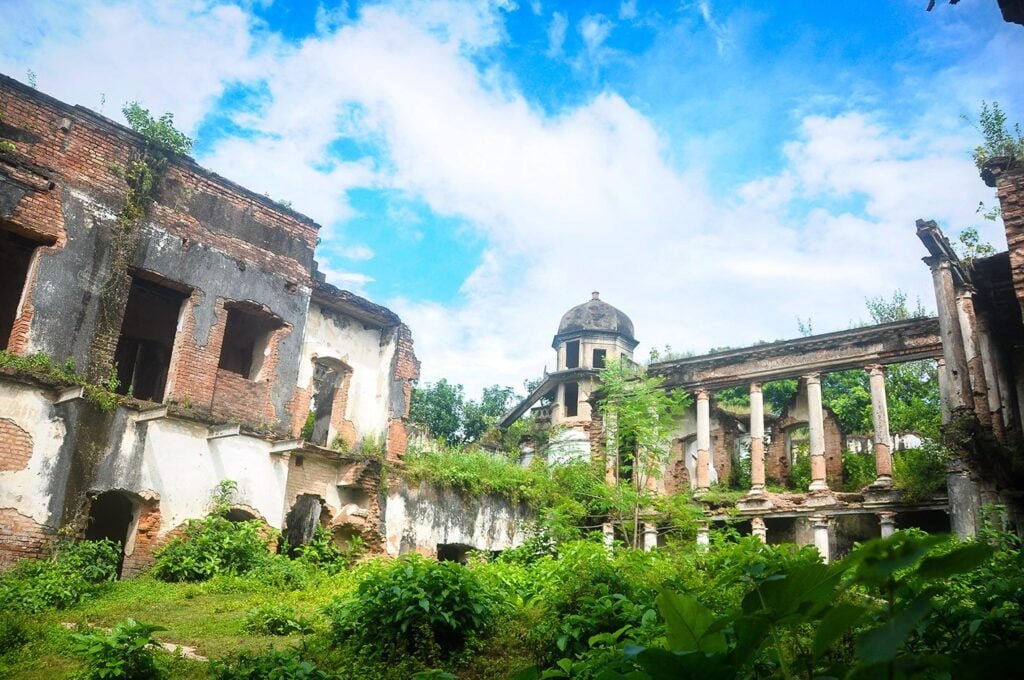
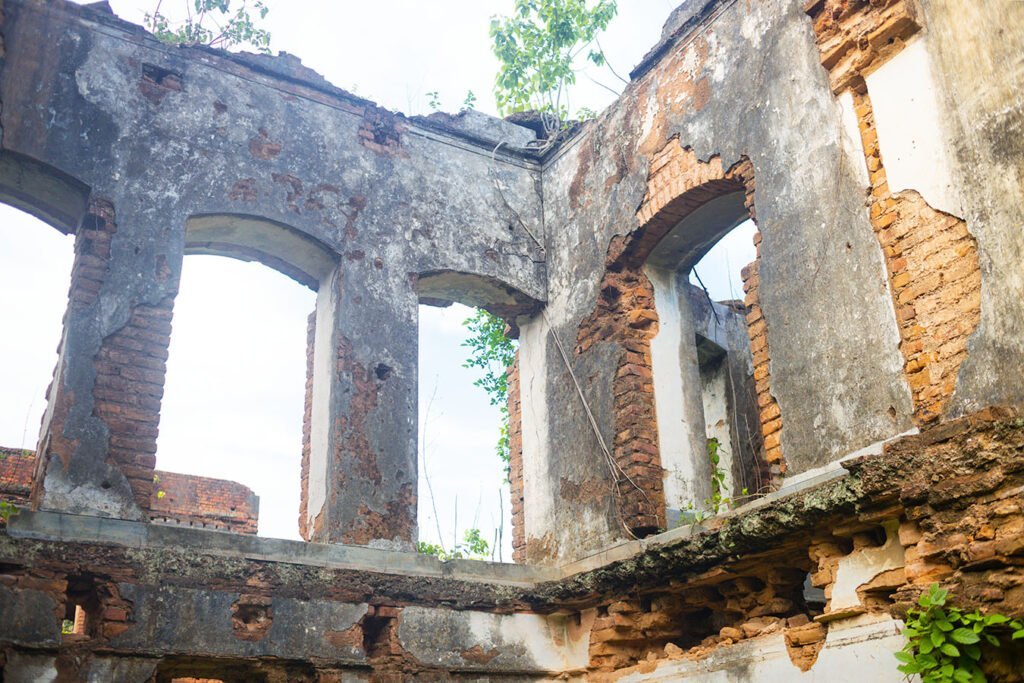
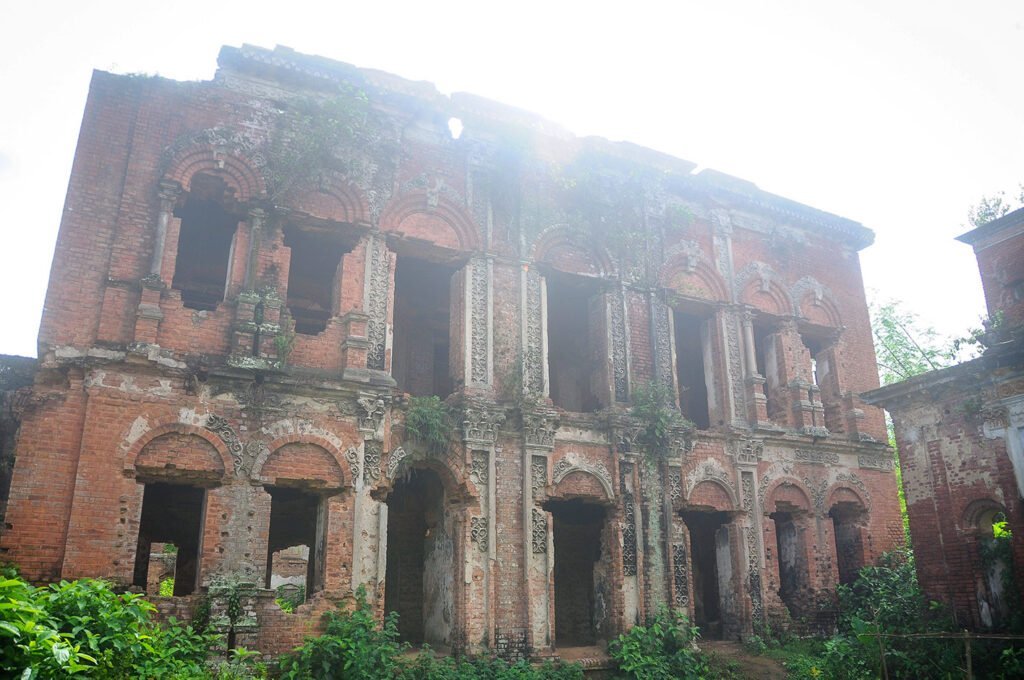
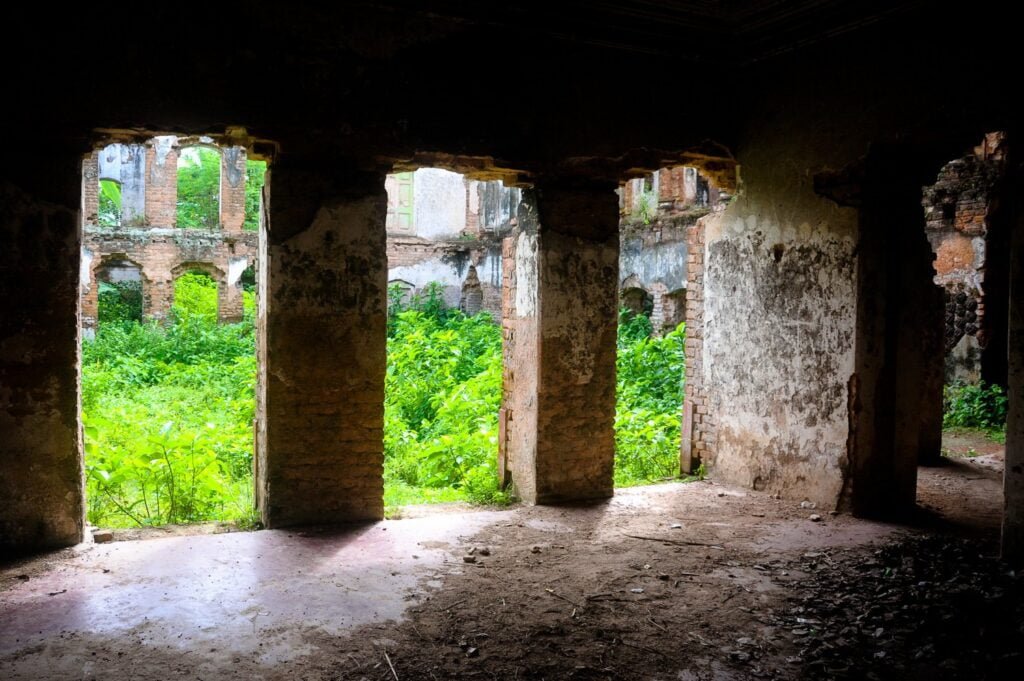
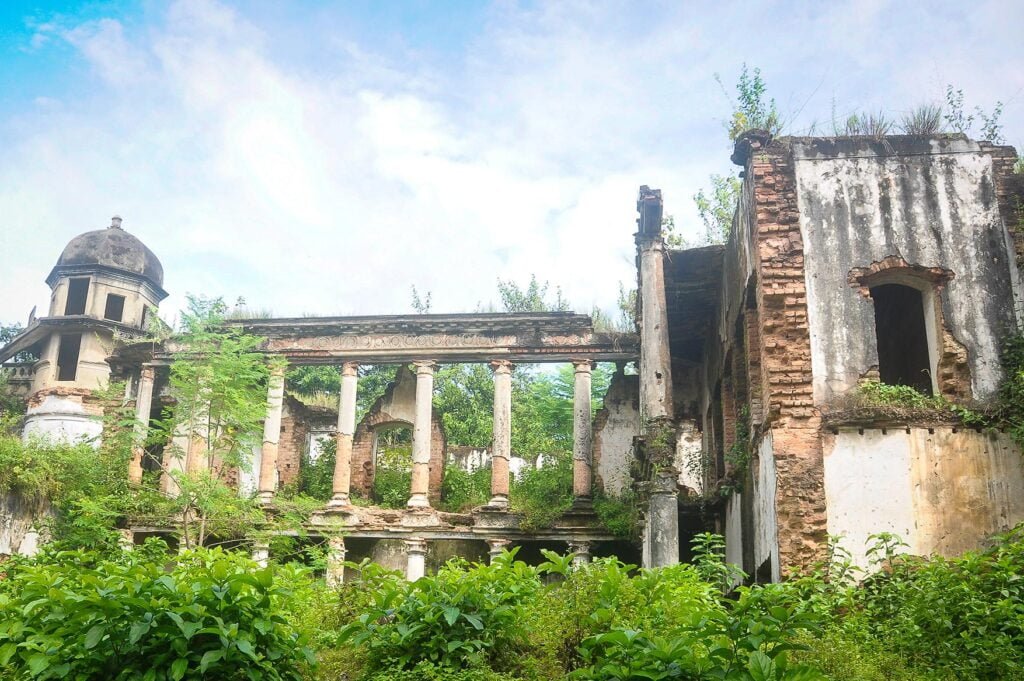
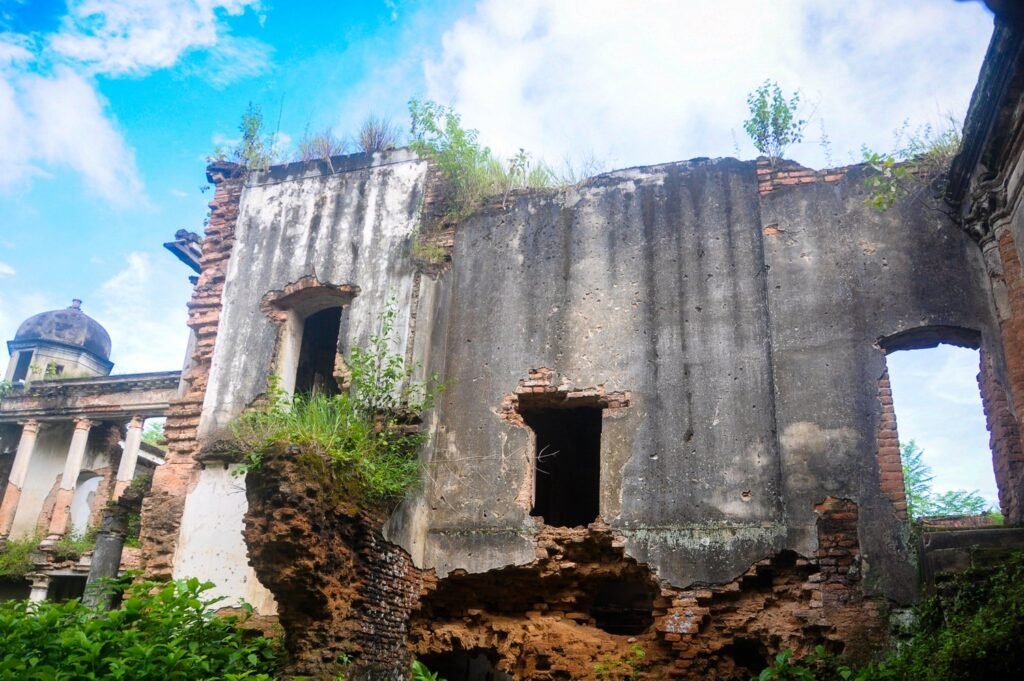
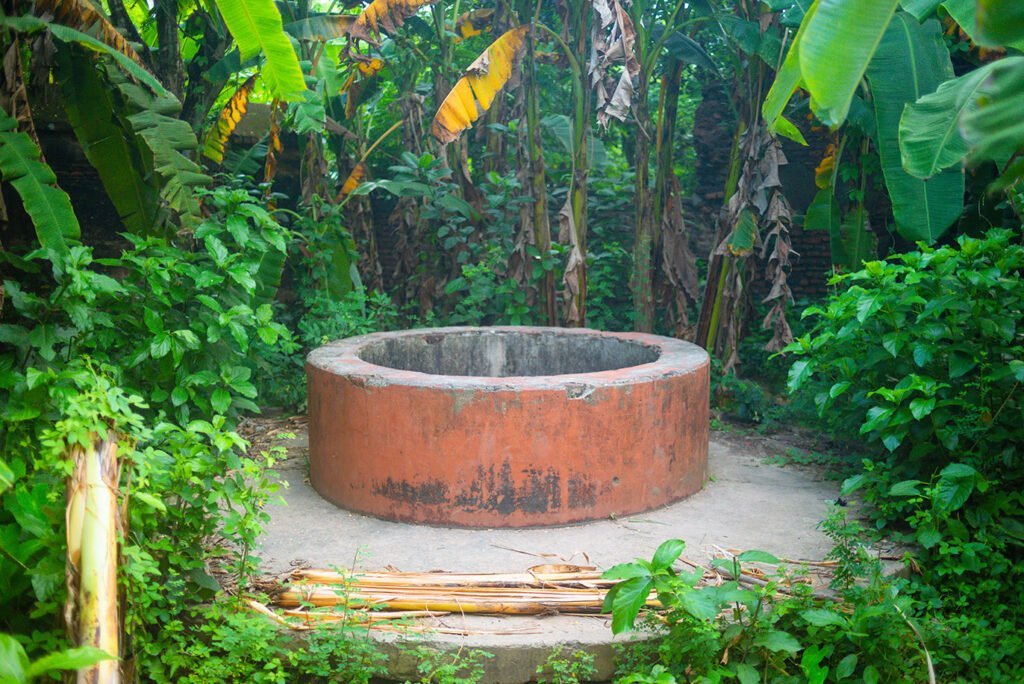
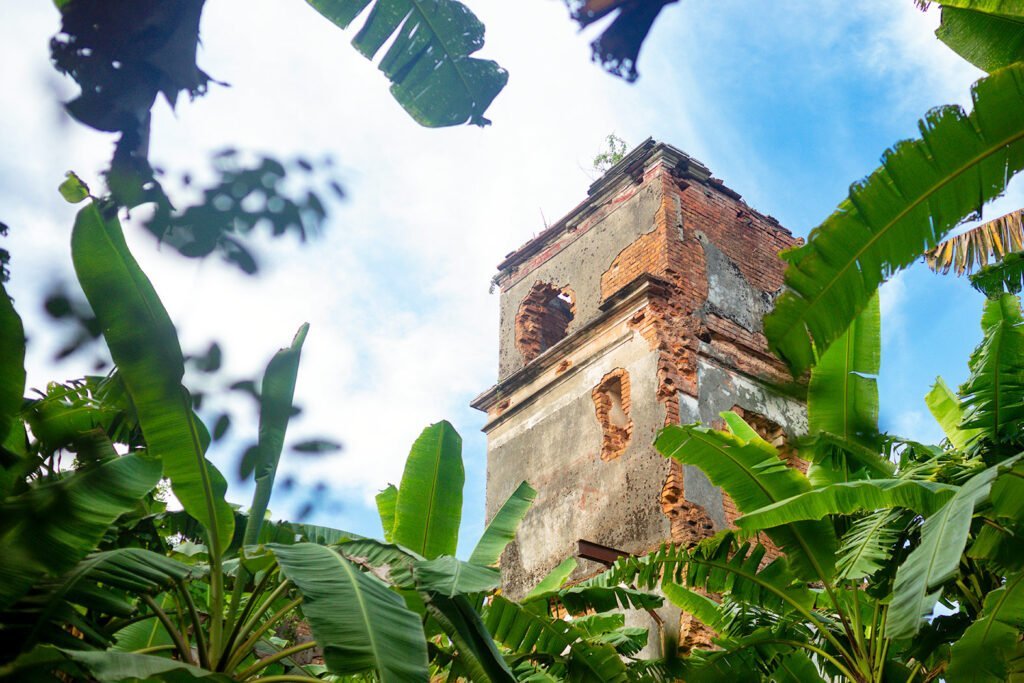


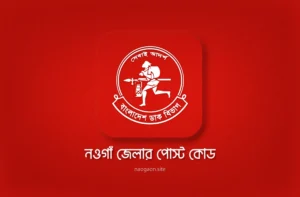

Who wrote this blog, I need a contact person to talk to for some future works at Dubol Hati